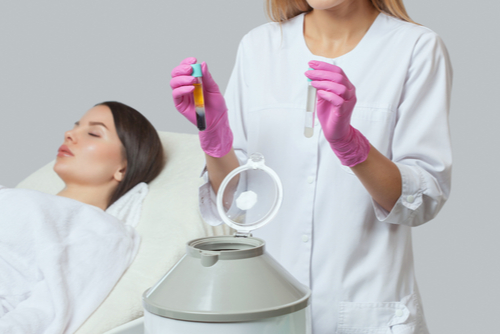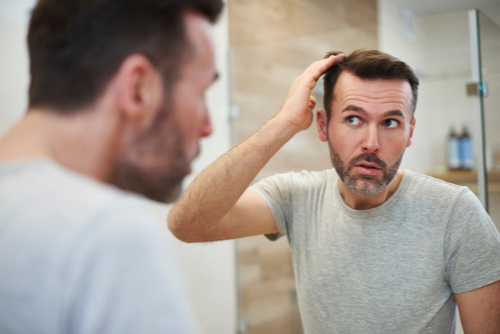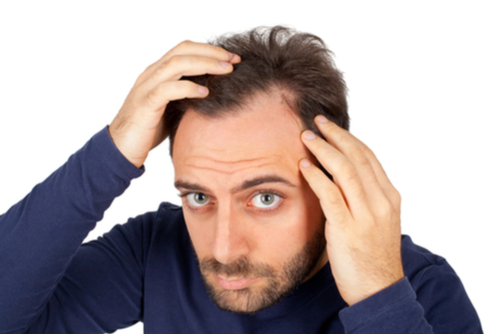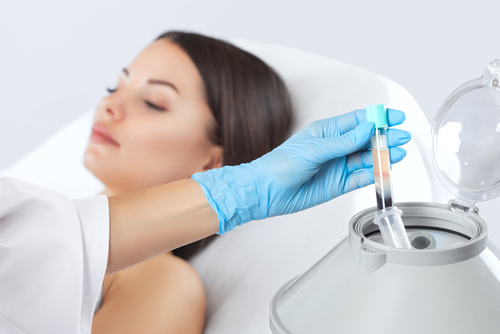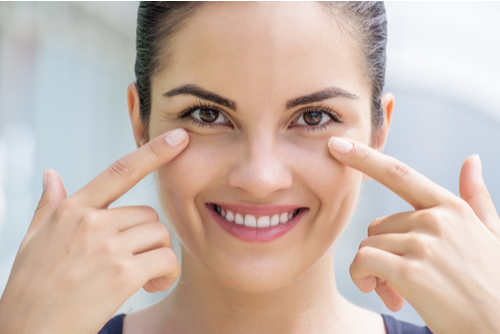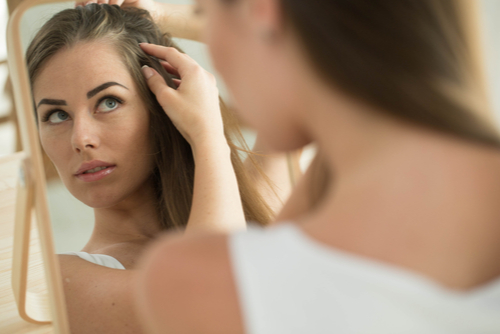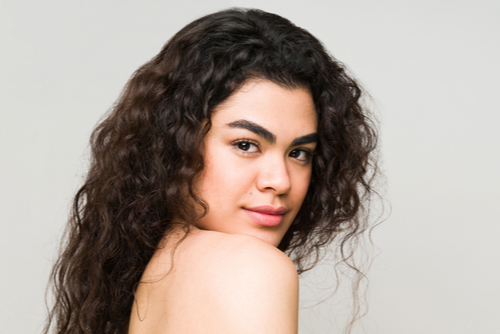
Under eye injections–especially dermal fillers–is known to be a rather sensitive treatment area. It is not overly painful, but can be more painful than other types of filler injections. However, when using platelet rich plasma under the eyes, does this still cause the same amount of pain? Does PRP under eyes hurt?
The answer depends on the individual patient. Each patient’s pain tolerance and ability to bear the procedure will depend. Although, since PRP is a thinner substance than most fillers and comes from the patient’s own body, this does reduce the chances of painful reactions or complications. While rare, many of these risks are reduced or non-existent with PRP under eye injections.
The injections themselves are comparable to filler injections. Though, it may not hurt as much due to PRP’s thinner consistency. That said, many patients still opt for the topical numbing cream to take the edge off any possible discomfort. Afterward, patients may feel some discomfort from bruising, but this is generally limited and handled well with Tylenol.
To learn more and schedule a consultation, call us at 206-279-2112. You can also reach us online via chat or contact form.

